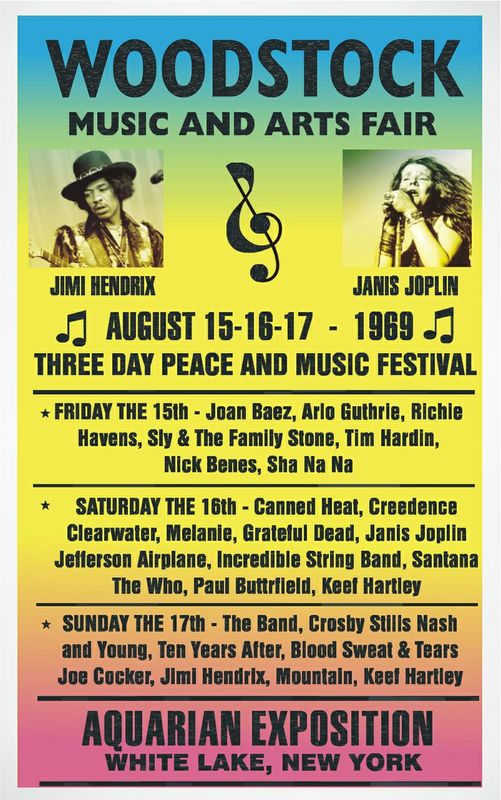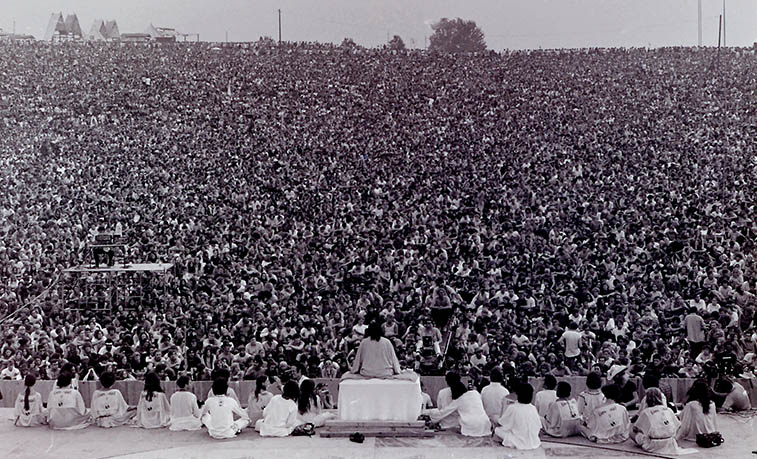Woodstock Played A Role In Sheboygan Life
Woodstock:
A Defining Moment for Sheboygan
The Woodstock Music Festival, also known as An Aquarian Exposition: Three Days of Peace and Music, played a significant role in Sheboygan’s history. The festival, which lasted four hot and miserable days in August 1969, drew over 400,000 music lovers to farmland about 70 miles west of Poughkeepsie. The event was organized by four young men, the oldest of whom was only 27. The small group of guys dreamed of a recording studio and a retreat for rock musicians near the village of Woodstock, New York. They hoped to raise the necessary capital by organizing a weekend rock concert that would attract 50,000 people.

Several communities rejected the opportunity to host the event before a dairy farmer named Max Yasgur, a lawyer turned dairy farmer, agreed to allow the use of his 600-acre farm. His farm was ideally suited for a concert venue, with its largest alfalfa field sloping into a natural amphitheater, complete with a lake as a backdrop. Yasgur was paid $75,000, which would be about $500,000 today. He became a counterculture icon among the hippies and a pariah among the locals.
The neighboring community was decidedly conservative, and as word of Max’s agreement spread through town, it brought outrage from townspeople. Personal threats were launched, and a sign popped up reading:
“Don’t Buy Yasgur’s Milk. He Loves the Hippies.”
However, Max attended a town meeting prior to the festival to defend himself and ask whether there were any legal problems with the plan. When no objections were raised, he addressed the entire meeting, saying,
“So the only objection to having a festival here is to keep long hairs out of town? Well, you can all go pound salt up your @#$%&, because come August 15, we’re going to have a festival!”

It soon became apparent that the estimate of 40,000 concertgoers was far too low. Two days before the festival began, there were already 50,000 people camping near the stage. Tickets cost $7 for one day, $13 for two days, and $18 for three days. Tickets had been sold in advance, but as people flocked by the thousands to Woodstock from all directions, it was clear there was no possible way to charge at the door. Once it was known the concert was free, attendance surged, and an estimated one million people headed to Woodstock. Police had to turn away thousands of cars, and it is likely that nearly 500,000 people actually made it to the event. The highways in the area became parking lots as people abandoned their cars in the middle of the roads and walked the final distance to the venue. Traffic was so bad that the organizers had to hire helicopters to shuttle the performers from their hotels to the stage.
Melanie, Arlo Guthrie, and Joan Baez headlined Friday night. The Who, Jefferson Airplane, and Janis Joplin played on that hot, Saturday, August 16, 1969. Music played from 2:00pm to 2:00am for more than three days in the usually quiet town. It rolled over into day four with the epic performance of The Star-Spangled Banner by Jimi Hendrix that closed Woodstock. Hendrix’s performance at 9 am on Monday morning was described as ‘the single greatest moment of the Sixties’, yet it was witnessed by just a fraction of the crowd. Most had gone home by the time Hendrix took the stage.
During the three days of the Woodstock festival, there were no reported incidents of violence. The only recorded incident happened.
